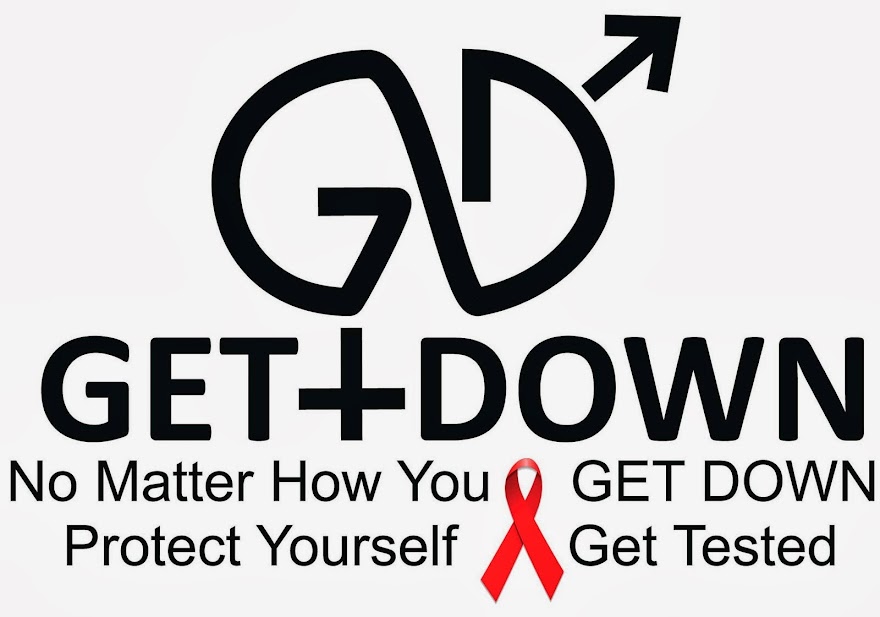At a marketing firm in a major U.S. city, there is a 28-year-old sales representative named Todd. He works 9 to 5, drives a Hybrid, has a serious girlfriend, and spends holidays volunteering at a soup kitchen. One Saturday night, Todd attends the bachelor party of his college friend Larry, who is getting married the following weekend. The party is held at a local strip club. Todd has no intention of cheating on his girlfriend and probably wouldn’t do anything sketchy like paying for sex anyway. However, simply by paying his cover charge at the door, he unwittingly contributed to human slavery.
Sex trafficking—the illegal trade of human beings for sexual exploitation—is a global problem. It is one of the word’s largest criminal enterprises, tied with the arms market and second only to the drug trade.[i] You’ve probably heard about it. It may not surprise you that large numbers of Burmese women and children are smuggled into Thailand to work in brothels. Or that in the last few years roughly 100,000 Ukrainian women were exported into the sex trade in western Europe. Or that related problems occur in other countries across Europe and Asia, as well as Africa, Australia, and Latin America.[ii] However, sex trafficking is not the exclusively foreign problem that such statements would lead you to believe. What may surprise you is just how big this problem is in the United States.
Let us return to the strip club. One of the girls working that night, Tina, is from South Bend, Indiana. Her father was an angry, abusive man and her mother coped by drinking heavily. When Tina was 13, she met a man named Jake. He listened to her. Unlike her parents, he seemed to care about her. She quickly fell in love. After a few months of being together, he convinced her to leave her miserable horrible home life and move with him to the "big city". When they arrived, he got her a job at the club. She became a stripper, believing him when he said it was the only way they could support themselves.
When he started insisting that she have sex with the patrons, she tried to resist. He then beat her, raped her, and chained her to the wall for several days. Both emotionally and physically under his control, she obeyed his orders. Tina now has sex with several clients a night and gives the money to Jake. She sees no way out of this life. Jake has told her that if she goes to the police, she’ll be the one in trouble. She is the prostitute, after all.
Though this story and its characters are fictional, they represent thousands of real situations across the country. Because of the underground economy and the fear and coercion used to keep victims from coming forward, statistics on sex trafficking are difficult to come by.[i] However, analysts estimate that between 100,000 and 300,000 children are sexually exploited in the US and that the average age of entry into the trade is 12 to 14 years old.[ii]
It gets worse for the club patrons with fewer reservations than Todd. Due to the nature of their work, sex trafficking victims have a comparatively high risk of HIV infection. They are forced to sell sex, usually to multiple partners and may not be given access to condoms. Additionally, the sex acts that occur are often of a riskier nature. For example, injuries inflicted during violent sex may not allowed to heal properly before future encounters, increasing susceptibility to the virus.[iii] Those who solicit sexual services from the club dancers, therefore, put themselves at risk of contracting HIV.
It is important to understand that human trafficking is very much tied to the legal sex trade. Pimps frequently start their victims off in strip clubs, massage parlors, escort services, or pornography. After progressing to prostitution, these venues provide a cover for the illegal activity.[i] What many people would declare a harmless way for guys to blow off steam in fact feeds into one of the most evil institutions in the world. Sex trafficking exists for one simple reason: it is profitable. If there were no demand, there would be no market. Patrons of the commercial sex industry, legal or illegal, are part of the demand that keeps this market alive.
Every year in January, Human Rights Organizations bring attention to Sex Trafficking around Human Trafficking Awareness Day. While the sex trade, and sale of woman and children is a global pandemic, the connection between the trade and HIV and overall sexual health must be part of the dialogue, especially in the United States.
If you believe you or someone you know is a victim of human trafficking, please call the National Human Trafficking Resource Center at 1-888-3737-888 or visit http://www.polarisproject.org/what-we-do/national-human-trafficking-hotline/the-nhtrc/overview
To find out some of the warning signs that someone may be a trafficking victim, please see http://www.lightunderthebridge.com/Human_Trafficking.html
To learn more about human trafficking, check out http://www.polarisproject.org/human-trafficking/overview
--Melanie Pino-Elliott
GET DOWN Youth Blogger
mpino@sas.upenn.edu
[i] Shared Hope International. “Demand: A Comparative Examination of Sex Tourism and Trafficking in Jamaica, Japan, the Netherlands, and the United States.” http://www.sharedhope.org/Portals/0/Documents/DEMAND.pdf
[i] PBS. “Estimating the Numbers.” http://www.pbs.org/wgbh/pages/frontline/slaves/etc/stats.html
[iii] Amanda Kloer. “Sex Trafficking and HIV/AIDS A Deadly Junction for Women and Girls.” http://www.americanbar.org/publications/human_rights_magazine_home/irr_hr_spring10_kloer.html
[i] Chuck Neubauer. “Sex Trafficking in the U.S. Called ‘Epidemic.’” http://www.washingtontimes.com/news/2011/apr/23/sex-trafficking-us-called-epidemic/?page=all
[ii] Coalition Against Trafficking in Women. http://www.catwinternational.org/factbook/index.php

